Google’s advertising platform, Google Ads (formerly known as Google Adwords), is used by millions of businesses across the world as part of their advertising and marketing arsenal. Why? Google Search and Ads deliver an 8:1 return on investment (ROI) — or $8 for every $1 spent.
Google’s dominance in the search engine market and its enormous customer base make Google Ads one of the best tools for lead generation and sales. However, wherever there are money-making opportunities in digital advertising, there are always fraudsters lying in wait to steal a piece of the pie.
Plus, in the world of Google Ads, fraudsters are not just your average shady characters attacking your ad campaigns. In fact, in this arena, a lot of fraudulent and invalid clicks are derived from competitors clicking on Google Ads.
When left undetected, competitors clicking on your Google Ads has a hugely detrimental effect on your campaign results and budget.
In this article, we’ll take you through:
- The five types of Google Ads campaigns
- What Google Ads click fraud is & looks like
- Who is behind Google Ads click fraud
- How competitors perform click fraud on Google Ads campaigns
- How to stop competitors from clicking on your Google Ads
What are Google Ads?
Google Ads are paid advertisements (under a pay-per-click model) that appear in Google search results. Marketers that want to target specific keywords bid for them alongside others who intend on targeting the same keyword.
The bids that you make represent the amount of money you want to spend per each click on a keyword in Google Ads. When someone searches for a specific keyword, Google runs the results through their algorithm and ranks the search results in order of how much bidders are willing to pay for the keyword, as well as their quality score for that term.
There are five types of Google Ads campaigns, and the type of campaign you choose will depend on your marketing goals, brand strategies, and advertising needs. Below, we go through each type of Google Ads campaign:
Search ad campaigns
Search ads are text-based ads that are displayed to consumers after they search for a specific term. Since consumers usually use Google with a specific intent in mind, search ad campaigns can be a particularly powerful marketing tool for businesses.
The only consumer-end difference between search ad campaigns and organic search results is that paid search ad campaigns will be denoted as an “Ad”.
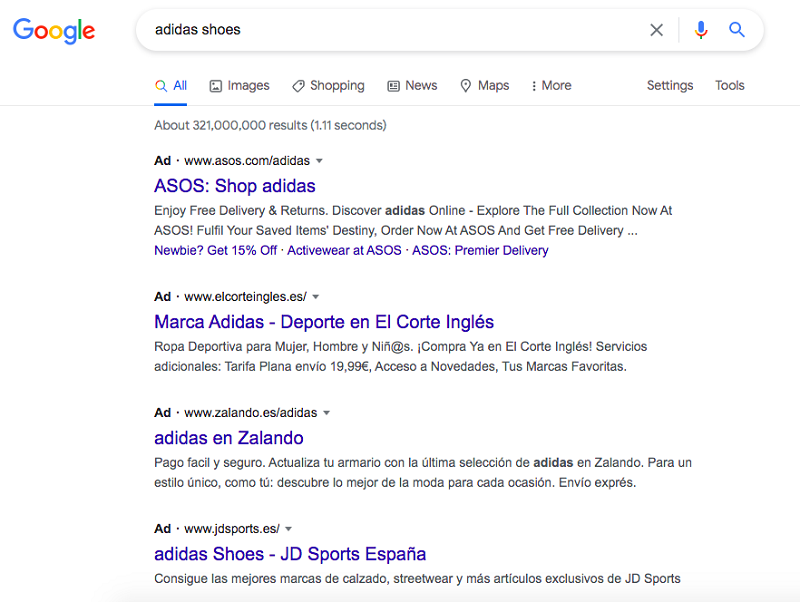 An example of paid search ad campaign results.
An example of paid search ad campaign results.
Display ad campaigns (Google Display Network)
Display ad campaigns give you the option of placing ads outside of Google’s search engine results. The Google Display Network (GDN) is a network of third-party websites across a wide array of industries that show text, image, and video ad banner displays on their websites. The website owner receives a payment for each click or impression on these Google display ads.
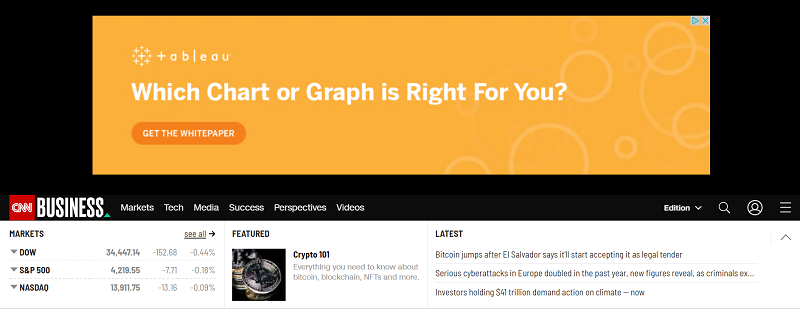 An example of a banner display ad campaign run on a third-party website. (Source)
An example of a banner display ad campaign run on a third-party website. (Source)
Google app ad campaigns
Google app ad campaigns are for marketers who want to promote mobile apps via Google Search Network, YouTube, Google Play, and GDN.
Google uses machine learning to show the most relevant app ads to users, and, instead of designing the app ad campaign yourself, Google does this for you. So you simply need to provide the relevant information about the app and its target audience, and Google generates the ads for you.
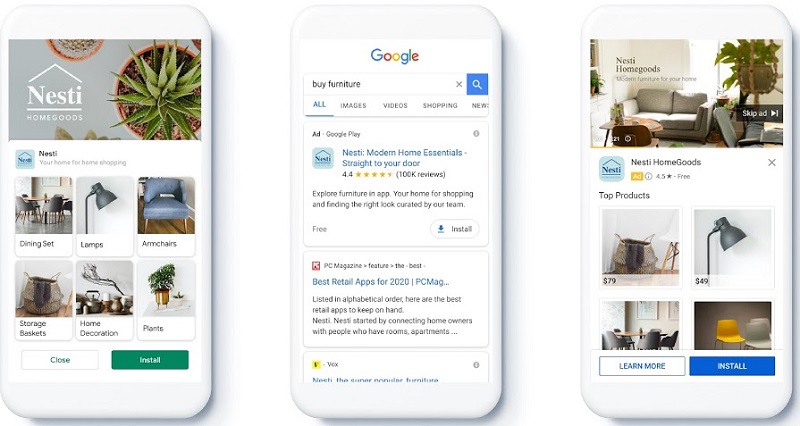 Google app ad campaigns can run on Google search, GDN, YouTube, and Google Play. (Source)
Google app ad campaigns can run on Google search, GDN, YouTube, and Google Play. (Source)
Video ad campaigns
Although it’s often forgotten, YouTube is also a search engine. Video ad campaigns are placed before, sometimes during, and after YouTube videos. Google ads for video allow you to target demographics easily with the right keywords.
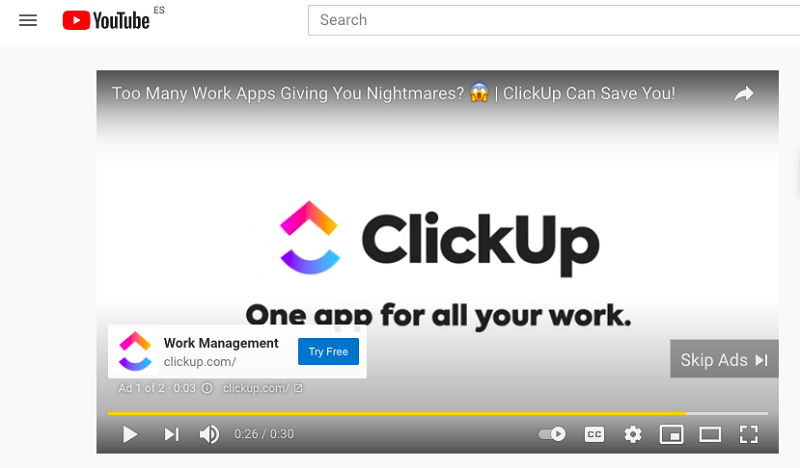 An example of a video ad campaign displayed before a YouTube video.
An example of a video ad campaign displayed before a YouTube video.
Shopping ad campaigns
Shopping ad campaigns are also displayed on Google SERPs. They are visual advertisements of products that include product information and are tied to an optimized keyword that a consumer searches for.
Google shopping ads are used by businesses who want to promote specific products rather than their entire brand or store.
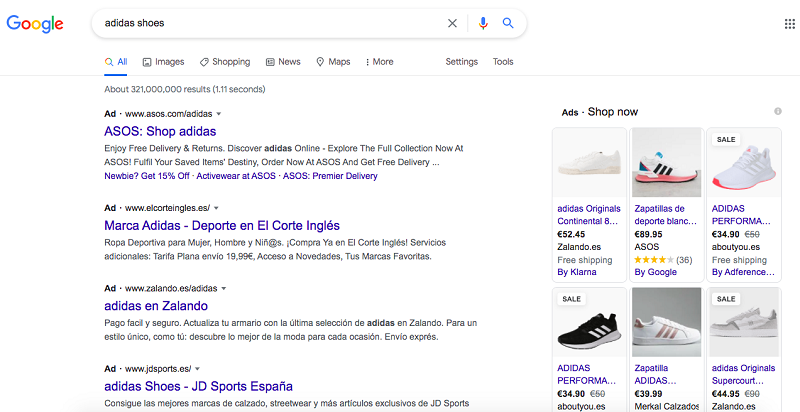 An example of a Google SERP result displaying paid shopping ad campaigns.
An example of a Google SERP result displaying paid shopping ad campaigns.
What is Google Ads click fraud?
Google Ads click fraud is an ad fraud technique used by bad actors. Simply, these bad actors fraudulently click on paid Google Ads with no intention of finding out more about or buying products or services. Their sole aim is to generate fraudulent clicks to exhaust an advertiser’s budget.
It’s estimated that every fifth click on a PPC (pay-per-click) ad is fraudulent, which makes it one of the most pervasive types of ad fraud.
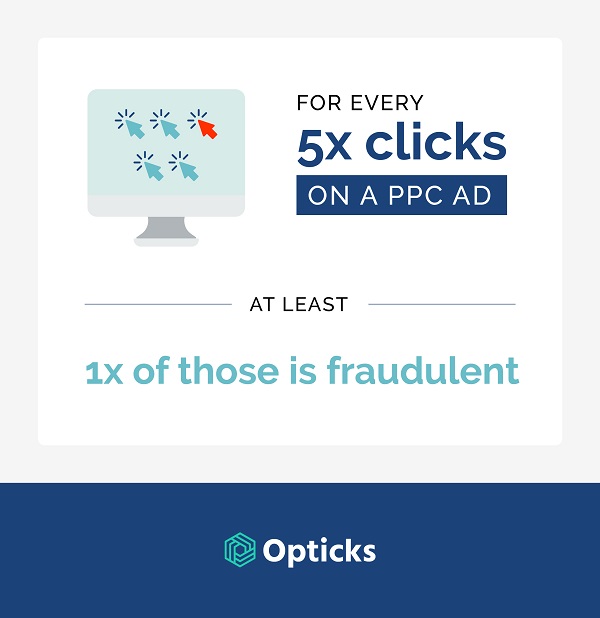
Who performs Google Ads click fraud?
Competitors clicking on Google Ads
Competition is rife in the digital advertising world. With businesses vying to be seen and heard, some organizations go as far as to sabotage your marketing efforts by clicking on your Google Ad campaigns. Competitors click on your Google Ads for three reasons:
1. Fraudulent clicks drain your budget since you are paying for clicks that have zero value as they have no opportunity to convert.
2. Consequently, your daily ad budget is quickly blown out of the water, which means your ads will have far less chance of being seen later in the day. Conversely, your competitor has the opportunity to rank higher as a result.
3. When competitors repeatedly click on your Google Ads, your ad score will also be negatively impacted. This too means that your ads will be shown less often, and your cost-per-click will rise.
Publishers clicking on Google Ads
Publishers fraudulently click on Google Ads for one main reason: When you run display ads on third-party websites, publishers receive payment on each click. By clicking on Google Ads, they’re able to fraudulently drive up their profit.
How is Google Ads click fraud performed?
A marketer from your competition clicking on your Google Ads repeatedly is just one, relatively small problem. Where your Google Ads campaigns are seriously in danger though is when more sophisticated fraudsters and techniques are involved. So, in order to protect your performance marketing efforts, you first need to understand the more damaging methods your competitors use to quickly sabotage your Google Ad campaigns.
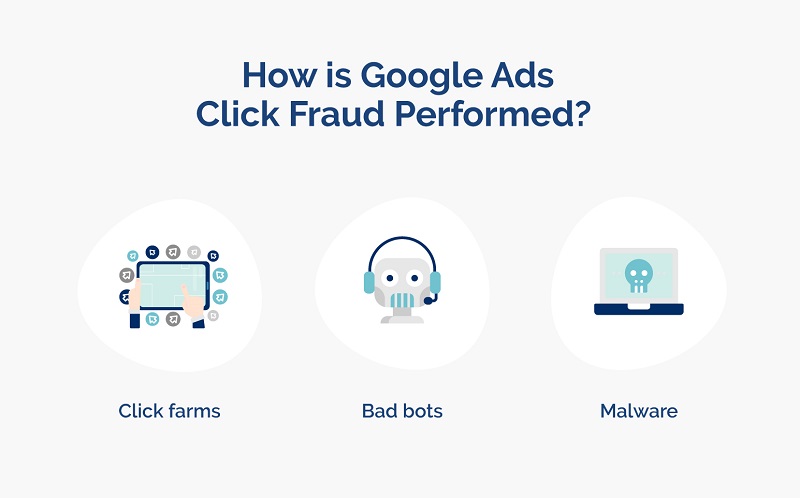
Click farms
Click farms consist of low-paid workers who manually click on online ads, such as Google Ads, to increase the clickthrough rate value and impressions. They’re more common in developing nations where workers are paid low wages, particularly in Asia. However, over recent years, there has been a growth in the level of click farm sophistication they can now automate huge numbers of clicks on Google Ads.
Bad bots
Bad bots are extremely malicious since they’re able to repeatedly click on ads to fraudulently claim compensation and drain advertising budgets. They’re also consistently maturing and evolving into more sophisticated vehicles for ad fraud, and can emulate real human workflows that can make their detection difficult.
Fraudsters use emulators to mimic mobile devices on a large scale and create fraudulent interactions with Google Ads. Using bots and scripts, fraudsters can scale these types of click fraud operations quickly.
Botnets
Botnets are highly malicious, sophisticated, and hard to detect. They can generate vast amounts of fraudulent clicks in a very short period of time by using infected devices to partially override web browsers to divert fraudulent traffic to click on online ads. Botnets can drain ad budgets rapidly and can do so from anywhere in the world.
Other popular click fraud techniques
At Opticks, we analyze over 2 billion clicks per day, which allows us to look even deeper into specific ad fraud techniques. Based on this data, we found the following click fraud techniques being quite popular at the moment:
- Traffic coming from malware APKs — shady apps that are outside of the Google Playstore
- Notoriously dangerous IPs, as well as datacenter-ran traffic and “invisible traffic” (i.e. 0x0 iframes, pages loaded outside of the viewport, etc)
How to prevent Google Ads click fraud
Google itself is serious about preventing competitors and other fraudsters from clicking on your ads. And it has a big reason for that – money. The company doesn’t want you to be charged for fraudulent clicks because it knows that this would worsen your campaign results and make you less likely to increase ad spend. So they employ several methods of blocking malicious activity like bot, click farm, and emulator clicks, as best as they can. Here is a short overview:
- Blocking IP addresses that are carrying out invalid clicks on paid Google Ads by using automated detection systems that can identify and filter clicks that deliver no conversions, have high bounce rates, and “users” that spend little time on the page.
- Their Ad Traffic Quality Team constantly monitors and analyzes traffic to detect fraudulent clicks before you can be charged.
- Google also investigates individual cases of suspected fraudulent activity that are reported to them by advertisers themselves.
Via Google, advertisers can also blacklist fraudulent IP addresses in their exclusion list in their console, and file chargeback requests to revert previous fraudulent charges.
However, even though Google has solid anti-fraud systems in place, it still cannot prevent every fraudulent click. Ultimately, you are responsible for implementing a robust anti-fraud solution that can protect your Google Ads campaigns.
Anti-fraud SaaS solutions are specialized in protecting PPC campaigns against competitors clicking on Google Ads and many other ad fraud techniques. They’re the only complete solutions that can help you prevent budget-draining clicks, and help your campaigns remain optimized for the intended purpose. Ultimately, anti-fraud solutions ensure you get higher ROAS (return on advertising spend), reduced customer acquisition costs (CAC), and cleaner data out of your Google Ads campaigns.
Opticks has comprehensive solutions that help detect competitor clicks on PPC campaigns, but also many other types of fraud. This means that your organization ensures better fraud protection for all of your acquisition campaigns (such as lead generation), and regardless of whether they come from your competitors or other fraudsters. To learn more about how Opticks can protect your organization from competitors clicking on your Google Ads, contact our expert team or start your free trial.
